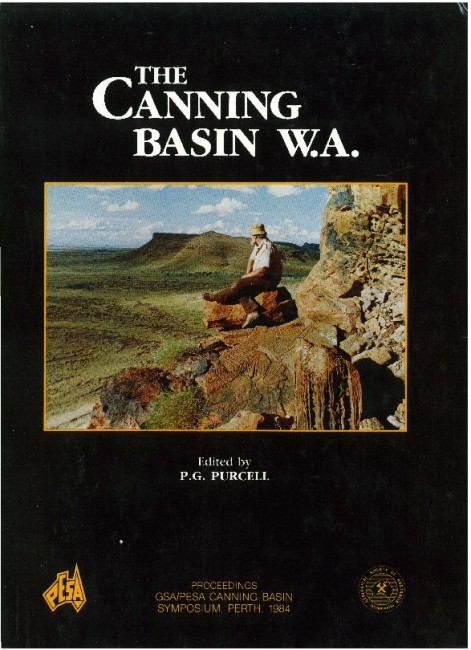Publication Name: The Canning Basin, W.A.
Authors: S.A. Brown, I.M. Boserio, K.S. Jackson and K.W. Spence
Date Published: December 1984
Number of Pages: 23
Reference Type: Book Section
Abstract:
The northern Canning Basin contains a large northwest-trending rift, the Fitzroy Graben, which is flanked by down-faulted and tilted basement blocks. The rift is bounded on its southern margin by the remnants of a pre-rift arch of shallow basement. The latter gradually deepens to the south where it underlies a largely unfaulted extra-arch basin.The development of the Fitzroy Graben, from the Silurian to the Early Carboniferous, provided the depositional setting for both carbonate and clastic sediments which contain a variety of potential reservoir and sealing facies. Maturation modelling shows that traps on the shelves flanking the graben are particularly attractive exploration targets because they would have had access to any oil generated by potential Upper Devonian-Lower Carboniferous source intervals along the margins of the graben. Near the centre of the graben, oil from these intervals would have been mostly generated before the formation of the large intra-graben anticlines.
To the south, in more stable tectonic conditions, carbonate and evaporite sedimentation dominated from the Ordovician into the Devonian forming variable, but locally good, potential reservoirs and seals. Algal-rich Ordovician shales have been oil-mature over most of the southern Canning Basin for at least the last 200 MY. These regional concepts, when calibrated against the observed occurrences of oil and gas, provide working hypotheses for the development of more specific plays and prospects.


